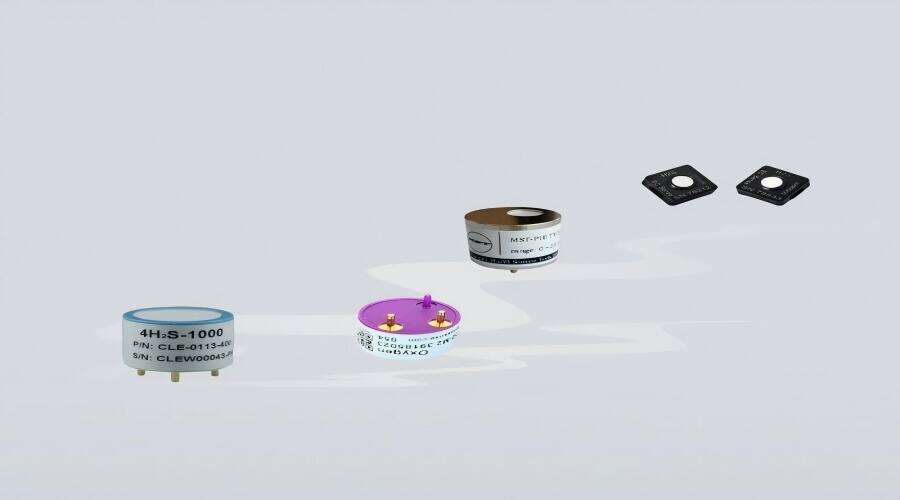The sensor consists of three electrodes: the working electrode, the counter electrode, the auxiliary electrode. The reference electrode, and acting as a stable potential point, is connected to the working electrode, allowing for a relatively accurate measurement of the potential and its changes at the working electrode.
Electrochemical sensors are primarily designed for single-gas measurement, which means assessing the concentration of a single target gas within a single environment (i.e., where only one gas is present).
The calibration method for single-gas measurement involves calibrating the sensor using the standard gas concentration of the target gas being measured.
Precautions When Detecting Different Gases.Negative outcomes may arise from the influence of high-concentration measured gases. When a high-concentration or pressurized measured gas is directed directly towards the air inlet, the gas can penetrate substantially into the sensor’s interior. As a result, the working electrode might not react with all of it in a brief span, or the gas could infiltrate the reference electrode due to pressure, causing the signal to shift from positive to negative. If the concentration surpasses the maximum continuous loading capacity and the gas is being introduced for an extended duration, a recovery period of at least 10 hours is necessary before conducting a second normal measurement.
5. For standard gas testing or calibration, a flow rate of 300ml/min and a maximum of 3 minutes of continuous ventilation are required. When calibrating, avoid directing the gas flow directly towards the air inlet; instead, use the side air inlet at a 90-degree angle to the main air inlet, allowing the sensor to operate in a diffusion state and avoiding direct impact from the flow.
 Hot News
Hot News2025-11-13
2025-10-29
2025-10-22
2025-10-28
2025-10-28
2025-10-28